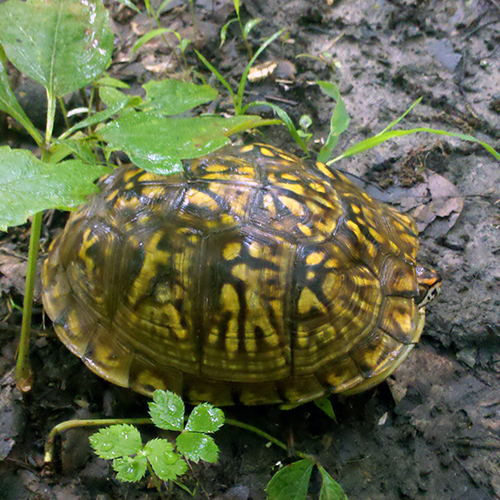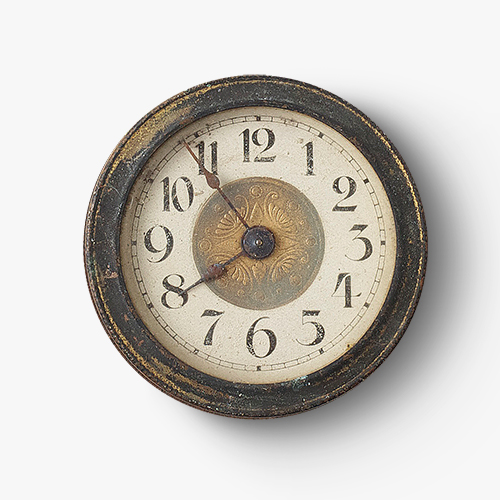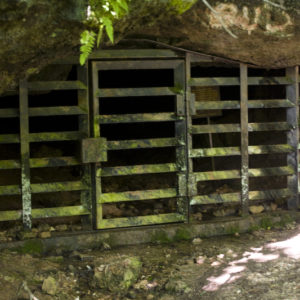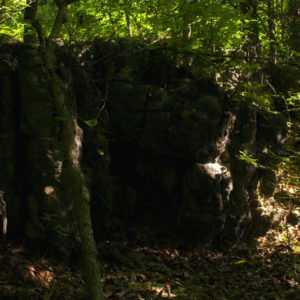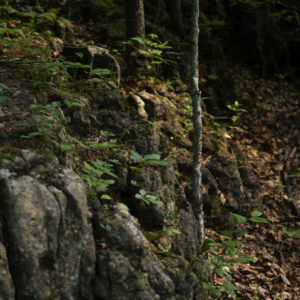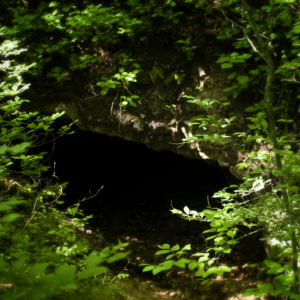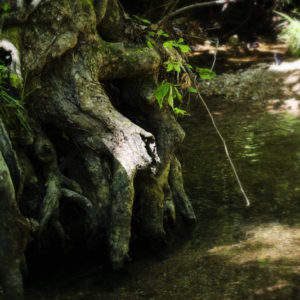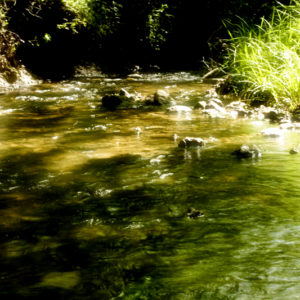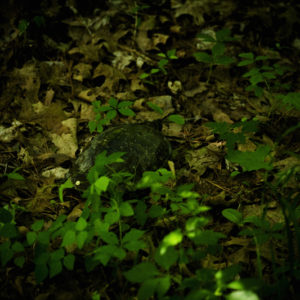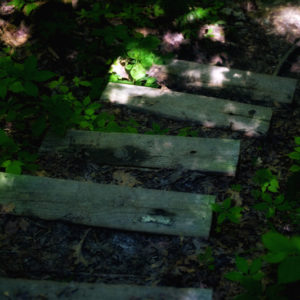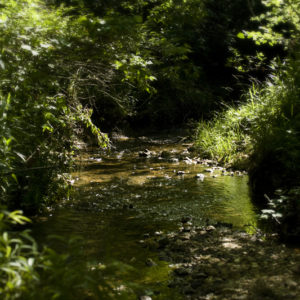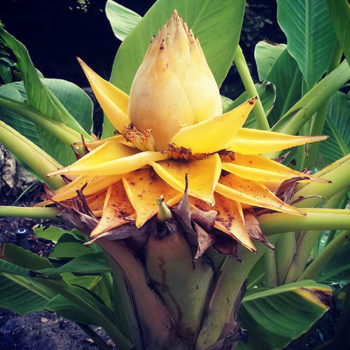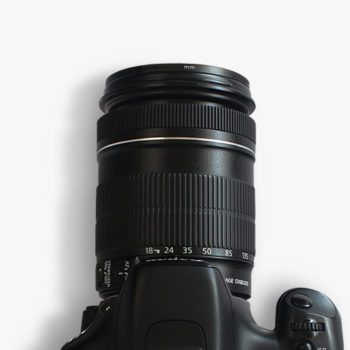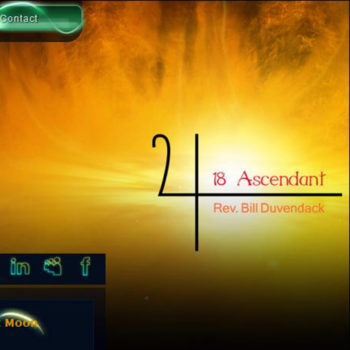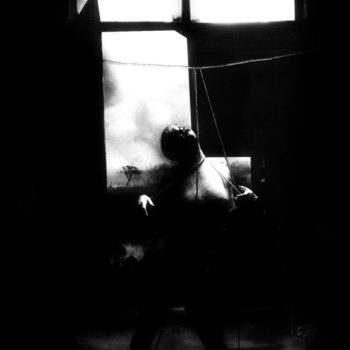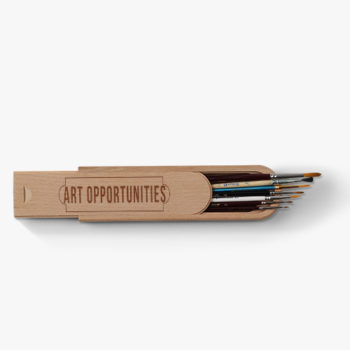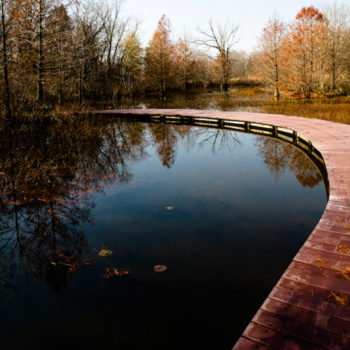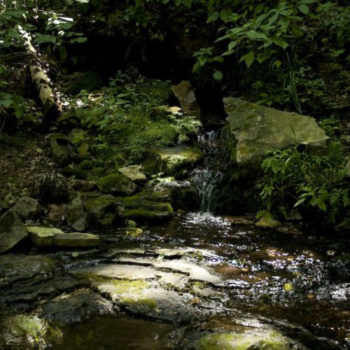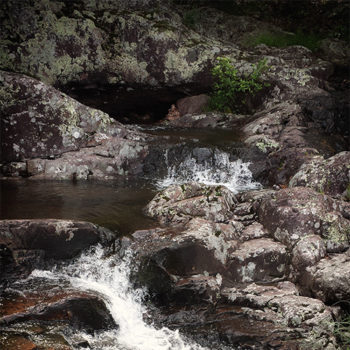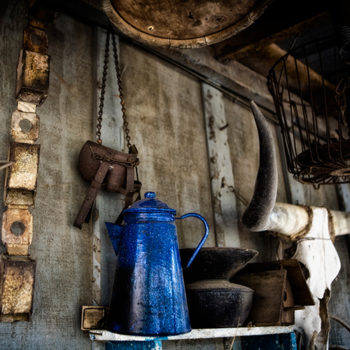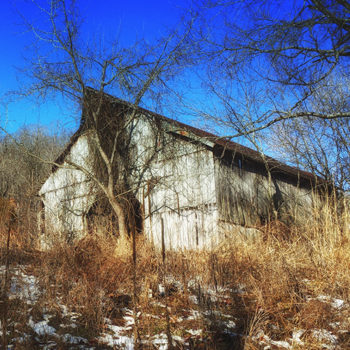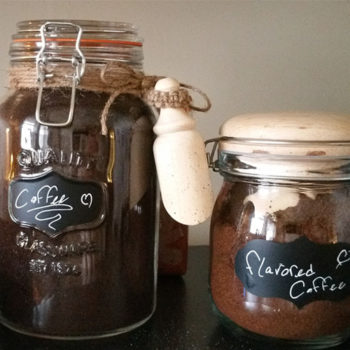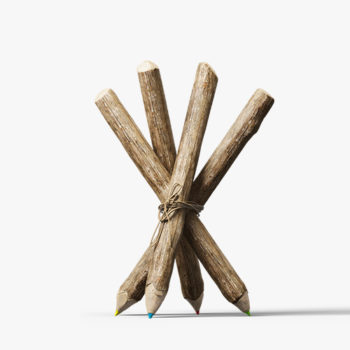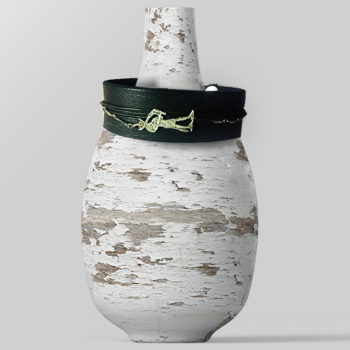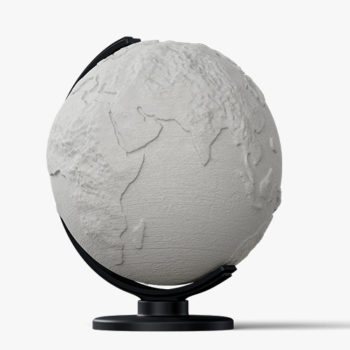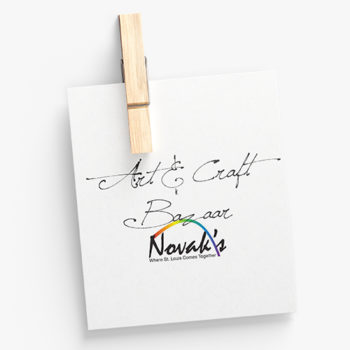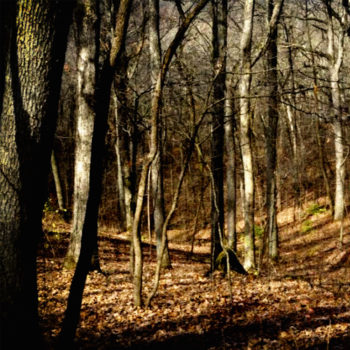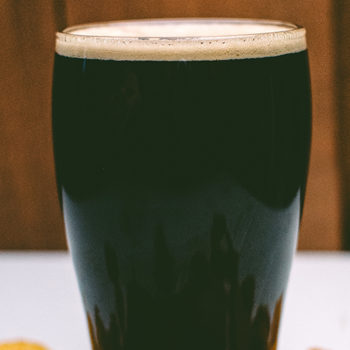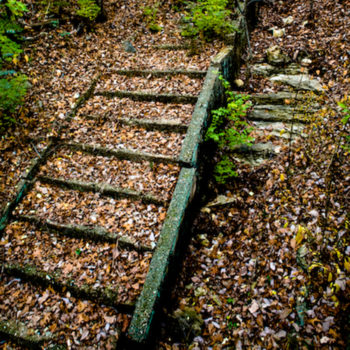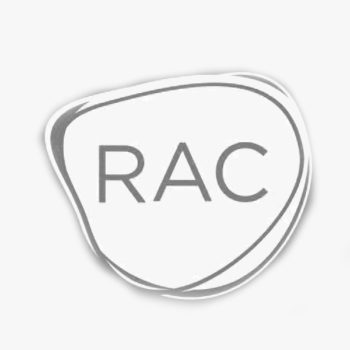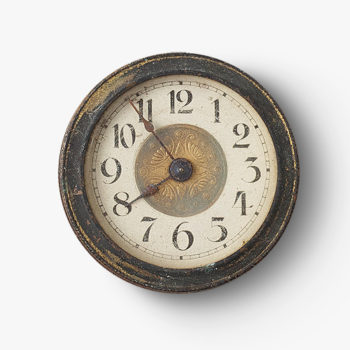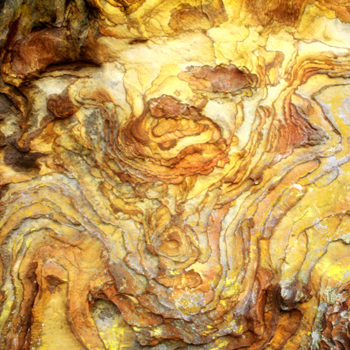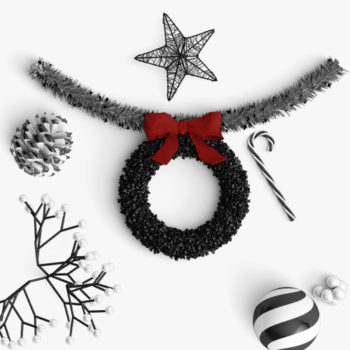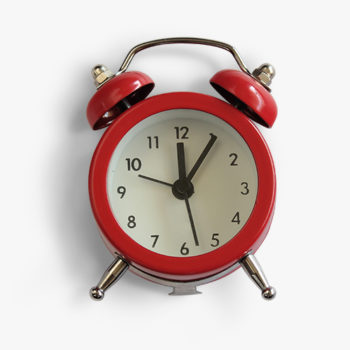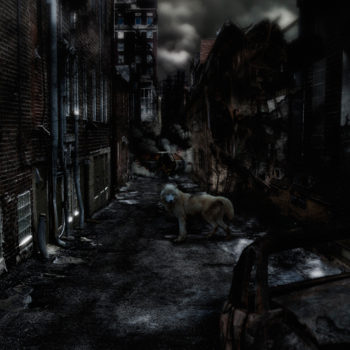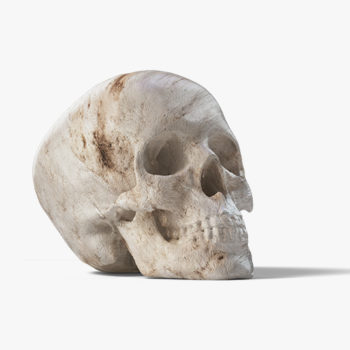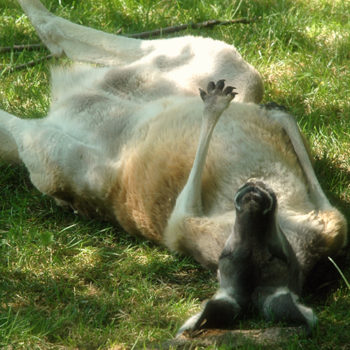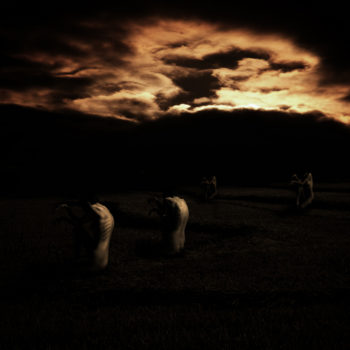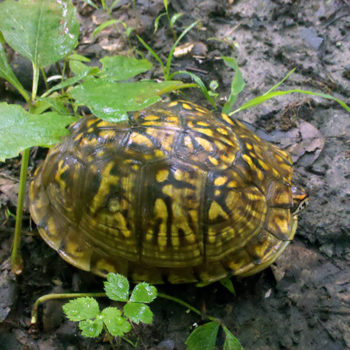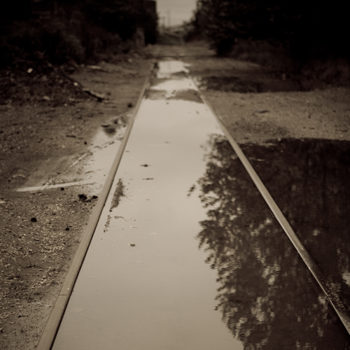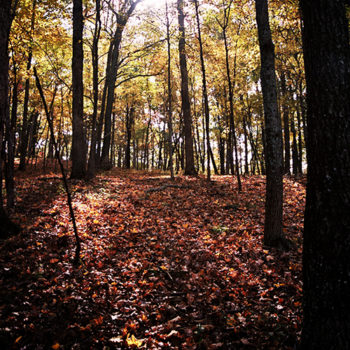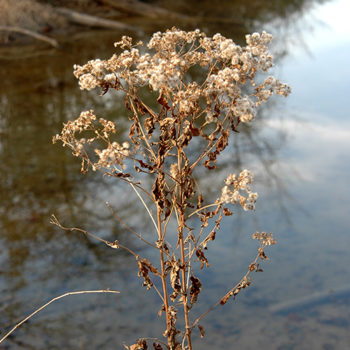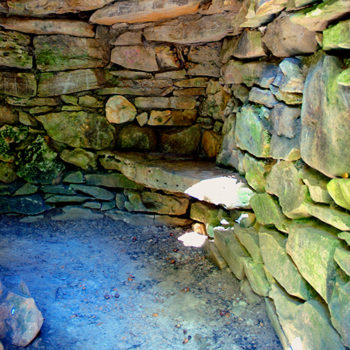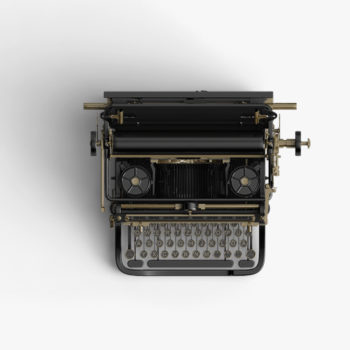The best thing about this particular hike was all the new gear and foodstuffs I got to try out.
The first hike of the season was spent at Meramec State Park in Sullivan, Missouri.
Initially I hit the Natural Wonders Trail, which is a short 1 mile trail, which the web site boasted as having “Caves, glades, mature forest and overgrown beaver meadows.” I was mostly interested in the caves, although many caves in the state have been closed off to protect bats from white nose disease this year, but I figured it would be worth a shot.
The trail was indeed quite beautiful and very well groomed. I headed out with just my camera in tow and was surprised at the lack of overgrowth along the trail. Afterward, I hit the Wilderness trail, which consists of a 6 mile southern loop and a 4 mile northern loop. I’d intended to do the entire 10 miles, but sadly I cut it short due to relative boredom. The trail was very overgrown with much of the bush over my head, and I was spending a great deal of time flicking off ticks.
 Finding the perfect summer hiking shoe has been a chore. I have a fantastic pair of hiking boots that do wonderfully in the fall and winter, but in the summer they’re just too hot. When my feet get that hot, I get equally tired. So, with the heat factor in mind, I decided to try out a pair of Teva Dozers.
Finding the perfect summer hiking shoe has been a chore. I have a fantastic pair of hiking boots that do wonderfully in the fall and winter, but in the summer they’re just too hot. When my feet get that hot, I get equally tired. So, with the heat factor in mind, I decided to try out a pair of Teva Dozers.
These things are by far the ugliest pair of shoes I’ve ever owned, but they are remarkably comfortable and cool – especially for the impressive price of just $65 at Zappos. On the Wilderness Trail they handled quite well. However, this trail was mostly flat with very few rocky areas. Toward the end of the 6 mile loop the terrain got fairly steep with more rocky paths, at which time I noticed my feet really starting to hurt. I will wear them again, although on those trails that are closest to the Ozarks (rockier) I’ll need to find something with a little more cush, or else get an orthotic. Otherwise, the traction proved fantastic in slippery, muddy down-slopes, slippery, muddy up-slopes, in streams and beyond. The lightweight build of the shoe gave me a little extra bounce and made maneuvering up, over, through and around every imaginable forest thing a breeze.
 I decided to say goodbye to water bottles a long time ago, so I purchased a hydration pack from Camelbak (100 oz Unbottle). Three liters and less back stress f
I decided to say goodbye to water bottles a long time ago, so I purchased a hydration pack from Camelbak (100 oz Unbottle). Three liters and less back stress for $35 at Amazon. This thing really made all the difference in the world! It fit nicely into the hydration slip of my pack, and having constant, easy access to water the entire time helped immensely. I always thought these things were over-kill. I’ll never make that mistake again. Not having to deal with the awkward (and wobbly) weight of bottles, having to take the pack on and off every time ya need a new bottle, or just struggling to get to the bottle pouch really made the entire experience considerably more enjoyable. Highly recommended.
 If you’re as much into light packing as I am, you know that your pack counts. I’d been looking at (and saving up for) a GoLite pack for some time. The other day while browsing REI, I happened to stumble across a GoLite pack. I asked a sales guy where the rest of them were, and he said that they don’t usually carry them in store and that this one was probably returned from their web site. It had been marked down considerably. I tried it on and it fit perfect. I bought it. It’s a
If you’re as much into light packing as I am, you know that your pack counts. I’d been looking at (and saving up for) a GoLite pack for some time. The other day while browsing REI, I happened to stumble across a GoLite pack. I asked a sales guy where the rest of them were, and he said that they don’t usually carry them in store and that this one was probably returned from their web site. It had been marked down considerably. I tried it on and it fit perfect. I bought it. It’s a GoLite Jam (which is of the line that I was looking at anyway). Here’s the specs from the site:
- 50% Recycled 210 Denier Nylon Gridstop + Dyneema®
- 50% Recycled 210 Denier Nylon Double-Ripstop
- High-Void Polyester Mesh
- Double-Wishbone™ hipbelt connection transfers weight efficiently to the hips and features quick-access zippered stretch pockets
- High-void meshes on back panel, hipbelt and shoulder harness move moisture quickly and promote rapid drying
- Removable closed cell foam back pad
- Proprietary ComPACKtor™ system reduces pack volume via easy to use anchor/strap system
- New larger front pocket organizes bulky gear Two side stretch pockets hold 1L bottles + trekking poles
- Side compression straps with quick release buckles convert to front attachment system for sleeping pads, snowboards, snowshoes, etc.
- Twin ice axe loops and handle straps
- Cinch & roll-top closure system with top compression strap Internal stretch woven hydration sleeve with righty and lefty hydration tube ports
- Adjustable sternum strap with whistle
Impressive, eh? And all that for just about a pound of weight. I love that it has the pockets for bottles (great to keep my Gatorade). Alongside those pockets are zippered pockets, which served for keys, ID and my energy chews. It can be expanded a great deal for longer trips, or strapped down for day hikes. It was by far the most comfortable pack I’ve ever worn. After 7 miles my back and shoulders felt great (even after being relatively stationary most of the winter).
While at REI the day I found the pack, I picked out some food stuffs. My usual practice of protein shakes, water and bologna sandwiches had long ago proven unsuccessful. So before I started my outdoor season, I had to figure out how I was going to energize and refuel myself. After a bit of research on Backpacker.com, I decided to go with Honey Stinger energy chews and ProBars for the periodic refueling purpose (and breakfast), as well as Mountain House freeze dried food. I had an “Art’s Original Blend” ProBar for breakfast. Whatever you think about nutrition/energy/organic bars, forget it. These things are excellent. Chewy and moist, full of all sorts of stuff and filling without weighing you down, and they’re even shaped and packaged perfectly for a hiker’s version of fast food.
If you’ve been re-energizing with the gels, I’d recommend giving the Honey Stinger chews a try. They’re not syrupy, don’t make ya thirsty, and definitely do the trick.
As for the MREs, I bought two Mountain House dinners. I’d never bought them before, but they had to be better than a bologna sandwich, at least on a nutritional scale. The only thing was that I really didn’t want to have to carry a heating contraption to cook them with. Well, it just so happens Mountain House makes this self heating kit that requires no flame. It works with water, a salt tablet, a heating packet and the package it comes in. I don’t much care for using disposable things, but for my lightweight, single day needs – it’s perfect.


